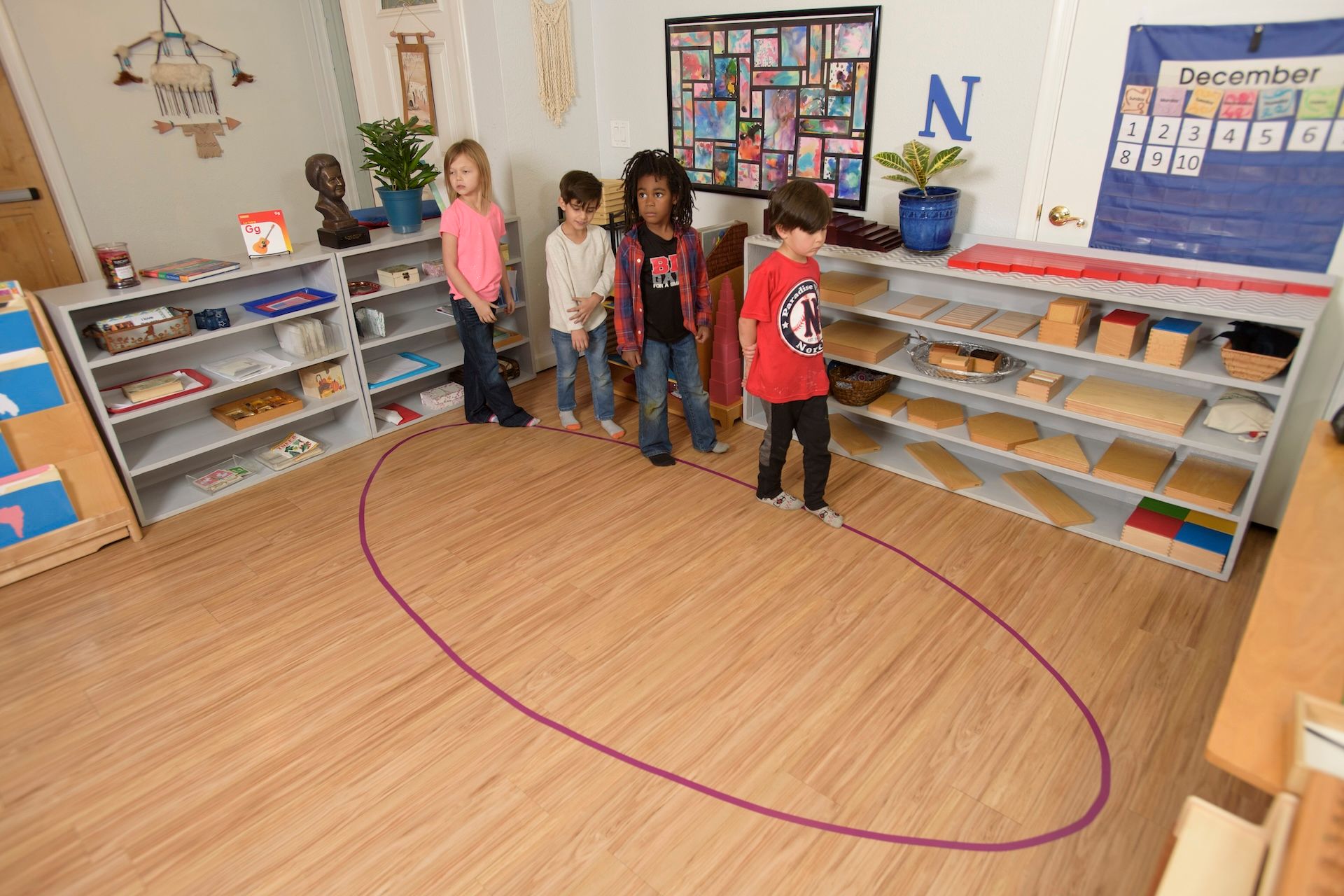 One of the big complaints about most schools is that children aren’t able to get outside enough. They may have recess, but the closest they come to learning about the natural world is the pictures of leaves that adorn the walls. The Montessori approach is perfect for learning new things about the natural world and helping your child get off the iPad and into the garden. Tending to a garden can help children in countless ways, and is a good way to foster a love of the natural world.
One of the big complaints about most schools is that children aren’t able to get outside enough. They may have recess, but the closest they come to learning about the natural world is the pictures of leaves that adorn the walls. The Montessori approach is perfect for learning new things about the natural world and helping your child get off the iPad and into the garden. Tending to a garden can help children in countless ways, and is a good way to foster a love of the natural world.
Play and the Outdoors
Children learn best when they can touch, smell, and hear what they are working with. A home garden can be the perfect place to stimulate their senses and engage their curiosity. At home, it is always in a safe place, with appropriate tools readily available. Through careful and curated choice of seeds, children can learn about the wildlife in their area, or more exotic plants like watermelon-radishes, touch-me-nots, or giant allium flowers.
Create a schedule for keeping up with the plants. Talk about how much water is needed, how much light they should be exposed to. By organizing the task, you can help them understand that different plants, like different people, have different needs. You can both teach them about being organized, and engage their curiosity at the same time.
Choose plants which will offer great tactile experiences for your children, and who are relatively easy to care for. If, however, you choose more difficult plants then they can be a great way for children to learn the value and reward of hard work. Older children will have an easier time keeping to a strict schedule, and controlled amounts of water, light, and attention that more finicky plants require. Plant choice is a fantastic way to modulate difficulty in the task.
Risk Taking in a Controlled Environment
Freedom within limits is at the heart of Montessori. The environment is carefully crafted to provide learning opportunities. Part of the crafting process for a learning environment is allowing opportunities for children to take risks. In the garden, children will encounter bugs, among other critters, which allow for interaction with unknown creatures. These interactions can then be used as a teaching point for what to do when encountering unknown animals.
The tools the children use all have some degree of danger to them, but we can teach them that by respecting your work environment, you can keep yourself safe from that harm. We wear gloves when weeding and working to prevent blisters, another point where risk can be taken and discussed. Look for the little opportunities when teaching children, the small moments are as important as the big ones and come far more often.
Curated Learning Experiences
If you set up a garden this spring, remember that it can be used as a way to create Montessori style learning experiences for your child. Regardless of the learners’ age, they can have meaningful experiences and face appropriate challenges. Carefully choose what plants to grow, create a schedule for the children so they learn organization skills, encourage their curiosity about the creatures which inhabit the garden, and emphasize safe ways to engage with the unknown. There are countless ways to learn to love nature, and a garden is a great place to start.
The post 3 Ways Montessori Students Learn from Gardens appeared first on Pebblecreek Montessori.
Hours
MONDAY - FRIDAY
HALF DAY: 8:30a – 12 noon
ACADEMIC DAY: 8:30a – 3:30p
EARLY CARE: 7:00a – 8:30a
AFTER CARE: 3:30p – 6:00p
OFFICE: 8:00a - 4:00p
Programs
Connect
Pebblecreek Montessori




